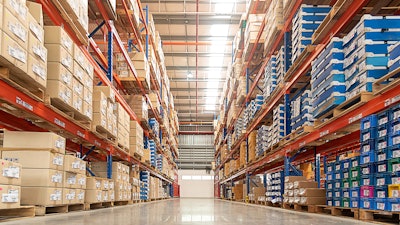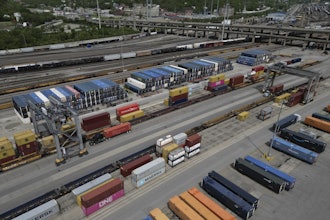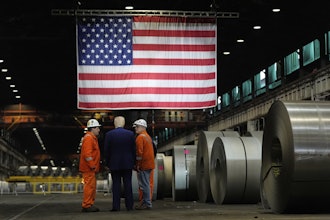
As we enter a new decade, companies have seen a shift in supply chain complexities and 2020 expectations are for that trend to continue. New Gartner research found over 80 percent of professionals indicate that they plan to significantly increase logistics outsourcing budgets beyond warehousing and fulfillment this year. As companies face varying consumer demands, including increased interest in personalization and customization, a need for greater sustainability and changing buyer preferences, supply chain and logistics operations will continue to transform in the new decade.
Looking at the 2020 supply chain and beyond, here are three key investments to evaluate:
Focused, Data-Driven Feedback
Right now, it’s impossible to tailor clothing to each individual’s taste and preference with scale, but brands can get closer to this by using data. For years, apparel companies have tried gathering large amounts of quantitative information about consumers’ clothing preferences, but this hasn’t been terribly successful. However, thanks to recent advancements in data collection, brands will be able to gather more real-time feedback from individuals this year and turn that quantitative data into qualitative insights.
Imagine finding out that a certain age group prefers jeans slightly looser, all thanks to smart data collection. This type of insight allows brands to make strategic shifts in their offerings, such as creating a “relaxed fit” line for a particular consumer group. But personalization with scale doesn’t only mean color and style. Some brands are using AI and machine learning solutions to recommend accessories and footwear to accompany an outfit purchase. This allows them to sell additional items that the consumer wasn’t necessarily considering, while also saving the consumer time and energy searching for additional items.
In addition to delivering more personalized clothing to consumers, taking a data-driven approach also benefits suppliers and manufacturers. With more informed insights, they can reduce material waste and shorten time to market. Take Target for example. The well-known bullseye retailer implemented a strategy of creating smaller stores in certain communities and shifting its products to meet the needs of that area. In college towns, students can expect to find everything they need to furnish a dorm. In suburban areas with a large population of young families, the store is filled with diapers and children’s clothing. This type of data-driven focus helps brands make clothes that are most appealing to a specific buyer profile, while increasing sales and reducing the amount of wasted product involved in the manufacturing process.
A Shift to Slow Fashion
Starting in the late 1990s, consumers became enthralled with the idea of “fast fashion,” which generally refers to cheaper versions of high fashion runway trends. However, recent studies show shoppers are slowing down their passion for fast fashion. They are becoming more aware of the impact fast fashion production has on the environment and the poor quality of products they purchase as a result. In fact, the CGS 2019 Retail and Sustainability Survey found that 68 percent of consumers rate sustainability as important, regardless of age and gender. Brands such as Patagonia have already started this movement, making sustainable clothing that will last their customers a lifetime.
The move to slow fashion has added new direct-to-consumer selling strategies, including rental subscription services. Over the last year, several brands and retailers introduced this offering to provide consumers with high-quality runway goods (apparel, footwear and accessories). With many consumers looking to save money and embrace eco-friendly practices, this is a welcome opportunity.
Cobots: The New Robot Colleagues
As quality standards change, supply chain and manufacturing workers will benefit from collaborating with robot colleagues to meet changing preferences. Automated supply chains are already becoming the new norm with many of the largest retailers in America. According to the Robotic Industries Association, manufacturers also see potential for these technologies to disrupt supply chains and manufacturing. Specifically, robot orders were up 5.2 percent through the third quarter of 2019, at a value of $1.3 billion.
In addition to traditional robotic machines, cobots (a situation where humans work alongside robots to further their own capabilities) have also become a popular option. Darex, a manufacturer of drill and knife sharpeners, found cobots increased efficiency by 30 percent by doing things like screw driving, assembly and packing. They can also take over tasks that are traditionally more dangerous, keeping human employees tasked with safer and more-strategic roles.
Because of these results, experts expect that in 2020 and beyond, AI, robots and cobots will become more prevalent in the warehouse and throughout the supply chain as a whole. However, it’s not a perfect world yet. Companies are learning from early adopters of robotic systems and ironing out the kinks, which will result in more-efficient and sustainable supply chains over time.
 Paul Magel
Paul Magel
Paul Magel is president of business applications and technology outsourcing division at CGS























